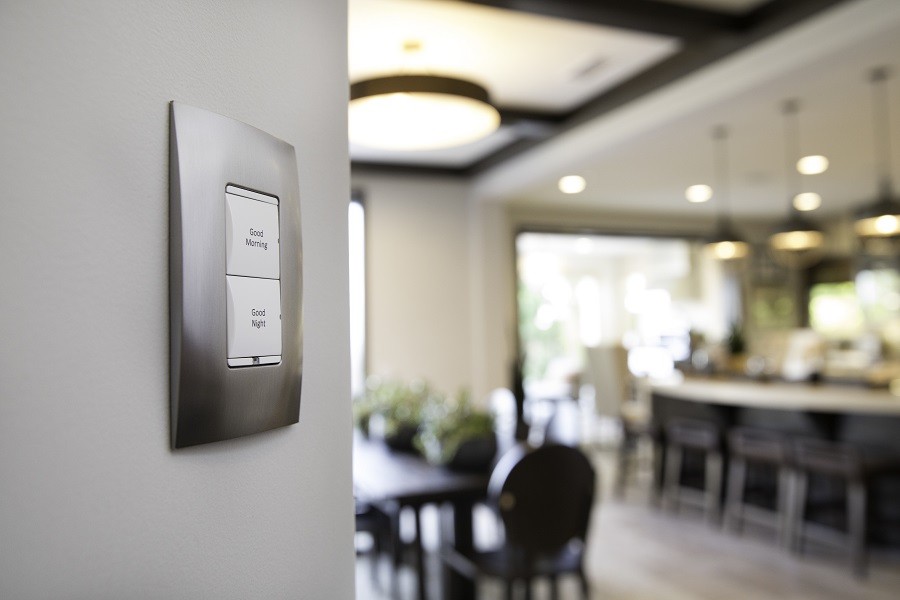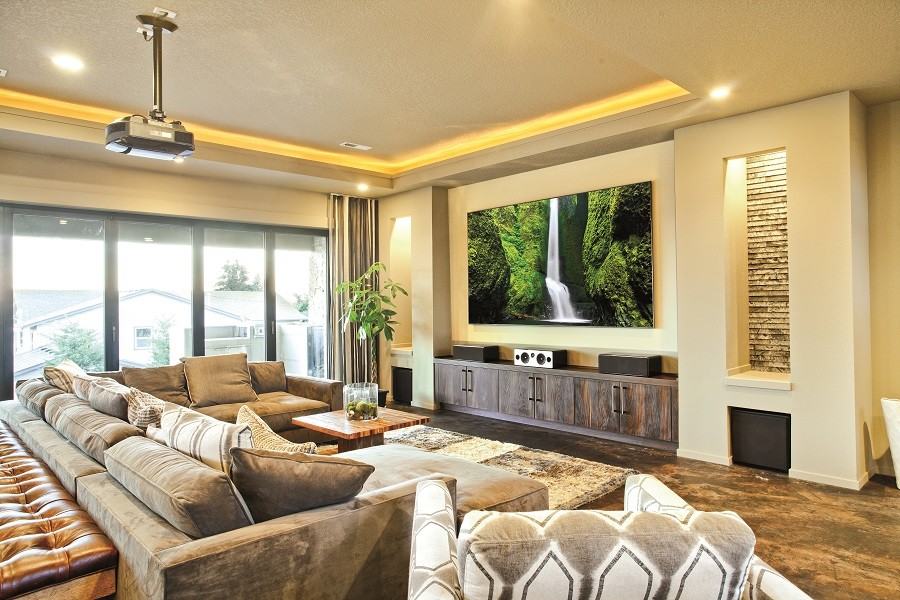About the author: Jennifer Karami is a writer at Redfin, a modern real estate brokerage that uses technology to help people buy and sell homes. With a 1% listing fee and full-service agents, Redfin is redefining real estate in the consumer's favor.
Imagine walking into your living room, bowl of popcorn in hand, and telling Alexa to “dim the lights, turn up the sound, and play ESPN.” Just a decade ago this possibility was reserved only for superheroes and billionaires, but today, smart home technology makes it not only possible, but practical and affordable to upgrade your home’s IQ.
A smart home device uses WiFi to connect with other devices around the household. Together with smart hubs and virtual assistants, these devices make up a smart home ecosystem, in which you can automate a series of actions using voice commands.
The living room is an ideal space to start building a home theater, since most modern TVs, stereos, and entertainment devices are already WiFi-enabled. Whether you have a vision of hosting game days with friends, bonding over family movie nights, or simply enjoying Netflix from the comfort of your home, smart tech will take your home theater system to a new level. We’ll cover the main options for smart hubs, the latest audio/visual devices on the market, and explain how to sync them to work together seamlessly.
Choosing a smart home hub
Before buying all the shiny new devices for your home theater, you’ll want to choose a smart home hub. This is the AI-powered helper that will talk to you and allow you to control all your devices from one place. Hubs typically have three components: the virtual assistant (AI), the speaker (hardware), and the phone app. The biggest players in the market are Amazon, Google, Apple, and Samsung. Depending on your lifestyle, there are pros and cons to each option.



















